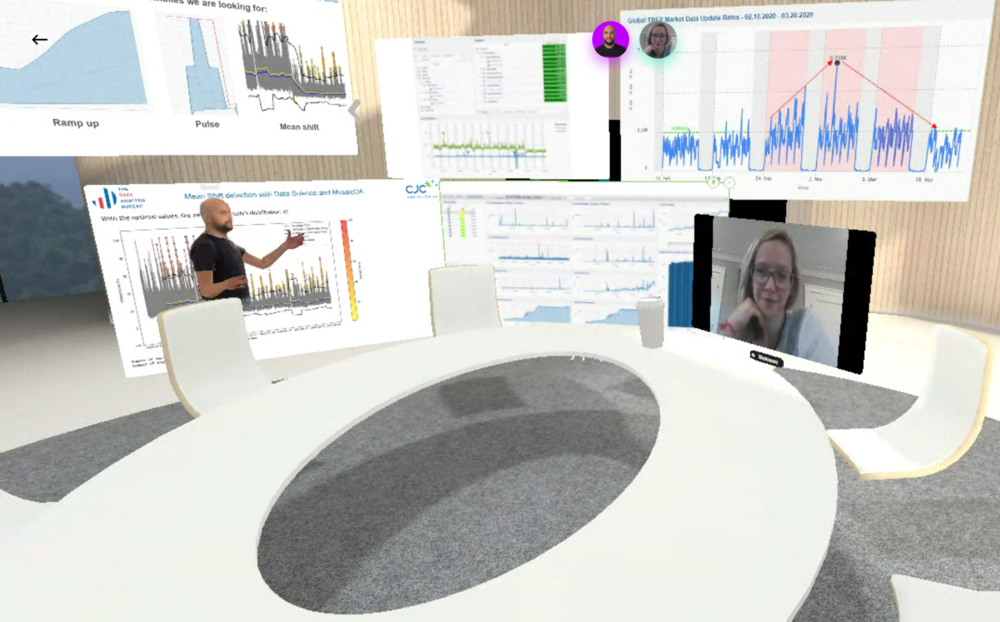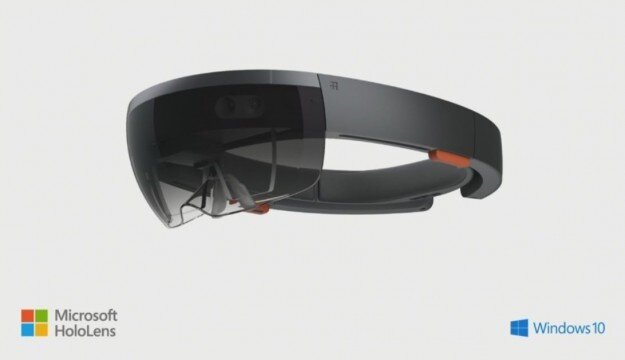Get notified of the latest news, insights, and upcoming industry events.
The next big opportunity to replicate face-to-face communication is in the virtual world.
Steve Moreton, Global Head of Product Management, CJC
Over the last 12 months, I have hit the VR bug – hard. I have two headsets at home and it’s great fun for the family. My friends have also invested, so we are all physically in different rooms and parts of the world, yet virtually right next to each other. It’s taken an edge off the pandemic, but also brought friendships closer – many of my oldest friends live at least 90-4000 miles away.
Recently, UBS announced they were looking at VR tech for Traders. I believe, Covid-19 or not, VR can revolutionise how we work and interact, while also bringing vast cost reductions and benefits. This informative yet light-hearted post will detail this possible (or probable) new world.
Communication
Covid-19 has shattered standard communication methods; trading desks, support teams and business departments, all of which could interact face-to-face, are now segregated by distance. As face-to-face communication ceased to exist overnight, we’ve been forced to utilise phone calls, emails and remote conferencing which can’t be perceived and experienced in the same way.
![]() One of the great revelations of VR is face-to-face/group working. Although everyone is working remotely, you can virtually work together. The key to success is the avatar, which mirrors head and hand movements, right down to your fingertips, and detects speech to trigger lip-syncing. Even blinking and laughter are stunningly realised. So good, you can easily play charades with as many syllables as you like. It only takes a few minutes for the novelty to fade – in a good way. The brain adjusts and the people around you are as good as in the room. Soon you are having highly interactive conversations with no awkward webcam pauses due to a missed social cue, just like real life!
One of the great revelations of VR is face-to-face/group working. Although everyone is working remotely, you can virtually work together. The key to success is the avatar, which mirrors head and hand movements, right down to your fingertips, and detects speech to trigger lip-syncing. Even blinking and laughter are stunningly realised. So good, you can easily play charades with as many syllables as you like. It only takes a few minutes for the novelty to fade – in a good way. The brain adjusts and the people around you are as good as in the room. Soon you are having highly interactive conversations with no awkward webcam pauses due to a missed social cue, just like real life!
The face-to-face element can be extended far beyond those in the same country or office. You can have a team working from every corner of your global footprint. Start the day saying hello to your colleagues in APAC and Europe and watch as the Americas come online later in the day for a seamless handover.
 Spatial – one of the impressive VR work tools
Spatial – one of the impressive VR work tools
The off the shelf applications, such as Spatial, are designed for the workplace. This comes with all the office and meeting room technology that you will ever need; you will never lose a white-board pen again. These apps are designed for business and have built-in options for any type of meeting you are conducting. I’d argue a product sprint on Spatial would never revert to a physical norm!
The Technology
When lockdown started, many firms, especially traders and support teams went from having 2-8 screens, right down to 1. Worse, it is documented that these singular screens have a fairly low resolution. Firms spent an untold fortune shipping new technology to hundreds of thousands of households. My entry-level VR Oculus Quest 2 headset is £299. It rocks a 4k resolution and 90mhz. Essentially, it’s 4k everywhere you look. I’ve connected to my work PC via the Internet and set up as many monitors as I want, far more than I had before.
 VR is a doorway into far more cost-effective power which cannot be replicated physically
VR is a doorway into far more cost-effective power which cannot be replicated physically
But for £299, although the resolution is great, the device is essentially a respectable spec mobile phone when it comes to computing power. But today, power is all about location, location, location. For decades, firms have moved their desktop computing power to a hosted or virtualised, private or public cloud location. The VR headset comes with out the box features to connect to these desktops.
Indeed, I will be leveraging this myself next year. I’ve just signed up to Shadow PC – in March 2021, my VR headset will connect to a very high powered Windows 10 Gaming PC. The Ray Tracing Video Card alone is worth thousands – all for just £12.99 per month. Hardware, OS – always on, always upgraded. I’m sure that more and more of this style of technology will be readily available from other firms, with the emphasis on power for business applications. The cost effectiveness of virtual PCs over physical is now undeniable, VR just adds to its potential.
Health
One of the concerns many have is that of eye strain/damage. I did note that with lower resolution/refresh rates my focal depth was sometimes off for a few moments after using but this is not the case with the latest models. My headset is essentially a blindfold so I can experience 100% ‘immersive VR’. However, a lot of focus is on ‘augmented VR’ glasses in which you can see the real world as well as virtual, such as the Microsoft HoloLens.

Microsoft HoloLens – the headset being investigated by UBS for a virtual trade floor
Eyesight aside, VR brings a lot of health positives to the workplace. The boxing games always work up a good sweat, not to mention release some tension. It would be great to get a few jabs, or a haymaker in on the boss! Additionally, music games such as Beat Saber are always great fun and a great way to drop some lbs!
In Conclusion
It’s possible my passion for VR is looking at the technology through a rose-tinted headset. But with VR sales through the roof, the travel restricted world working from home, desktops newfound cloud power and Tier 1 bank consideration, it’s both physically and virtually possible. I doubt its long before many major apps, such as Office 365/Teams have VR specific ports. Who’s to say if Bloomberg, Refinitiv or OpenFin have not already started!
Steve Moreton (or sjmort on Oculus)
Get In Touch
Get in touch with our experts to learn how we can help you optimise
your market data ecosystem!

